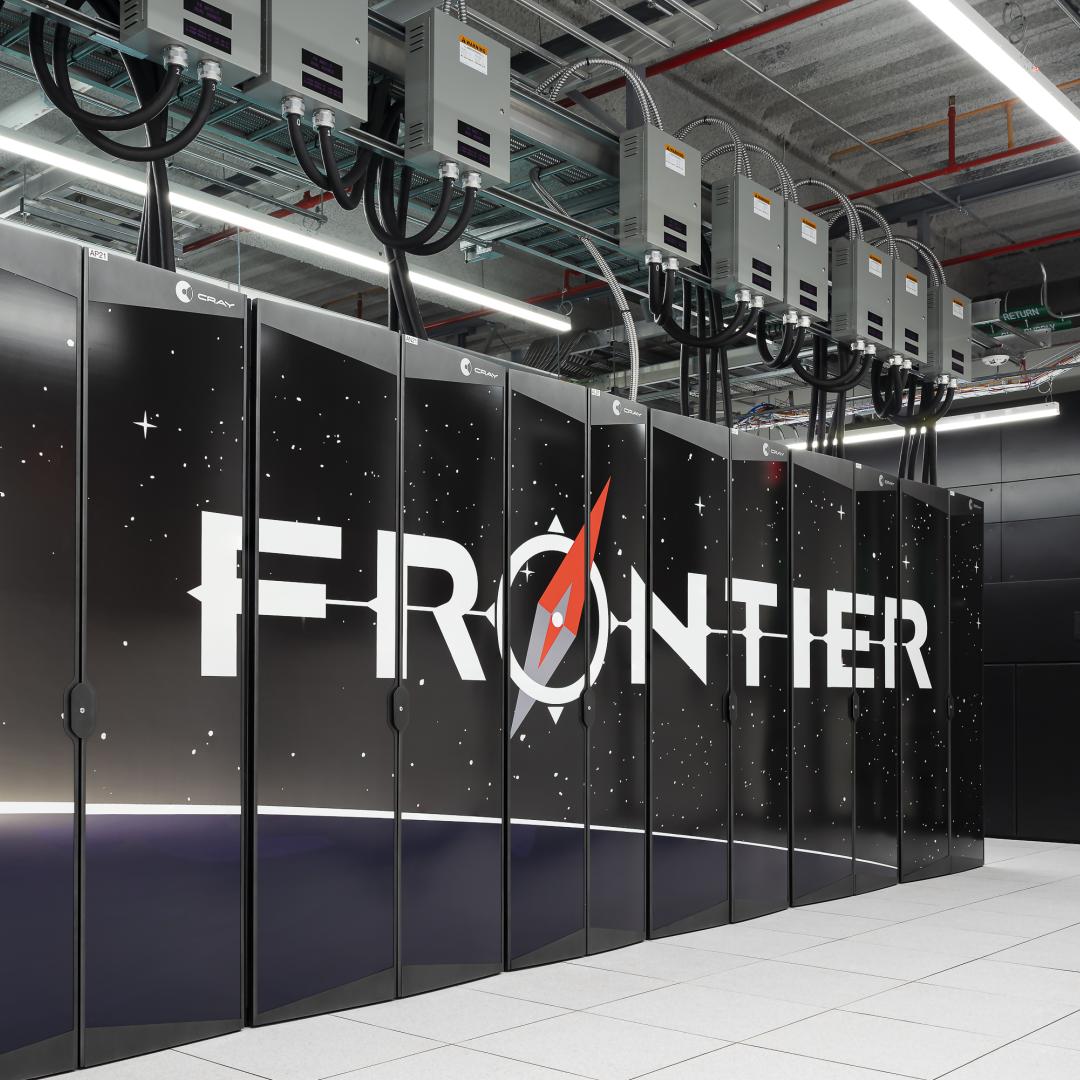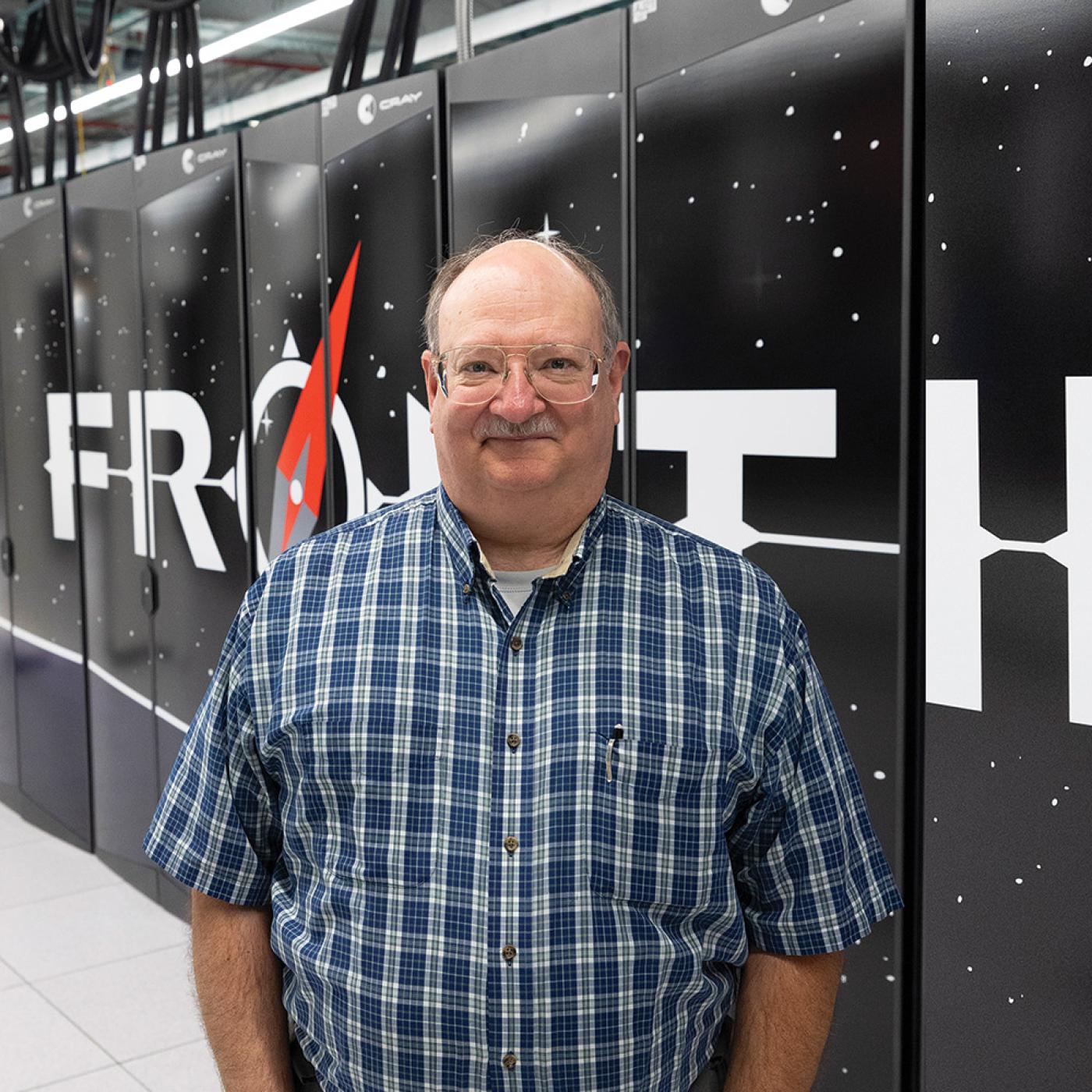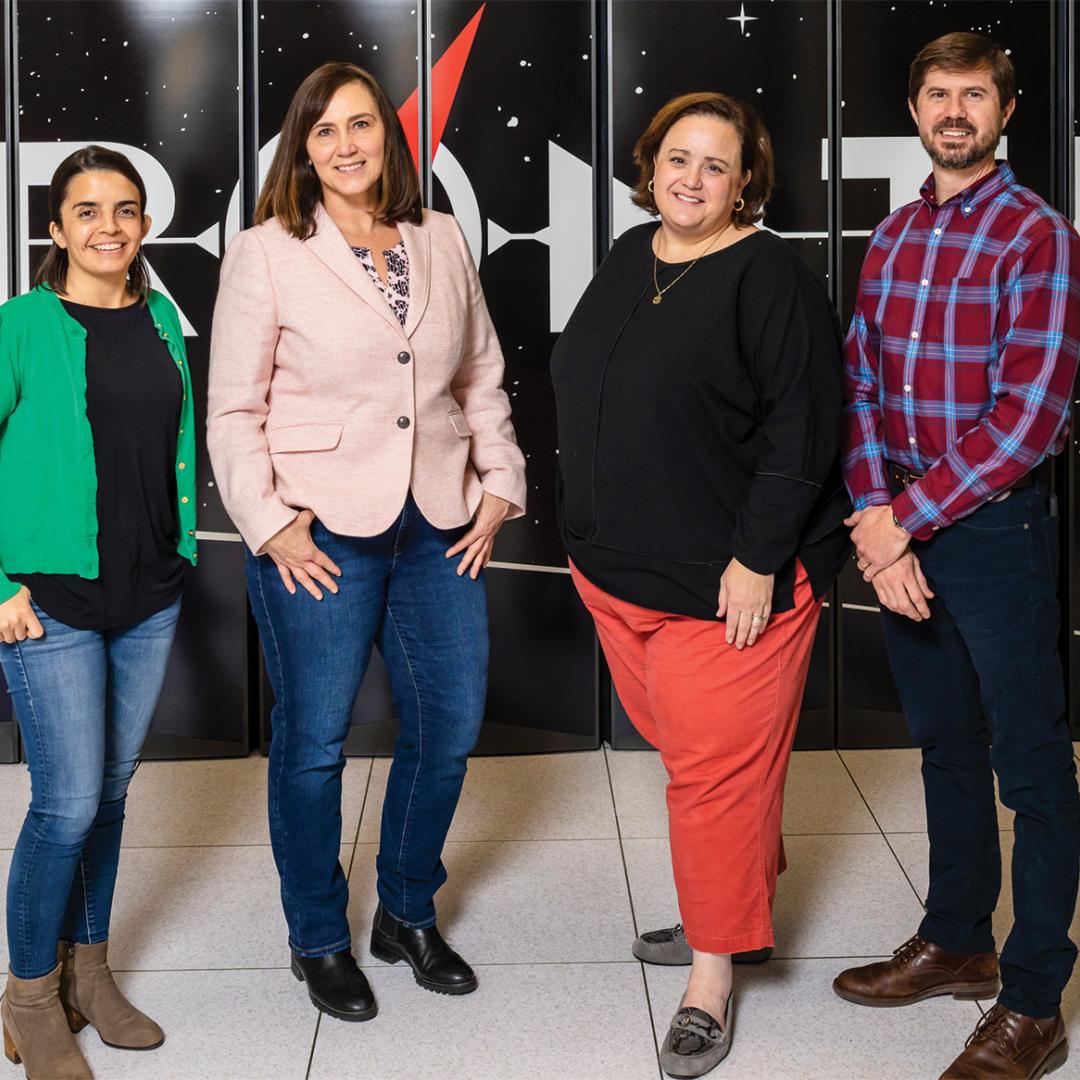Filter Issues
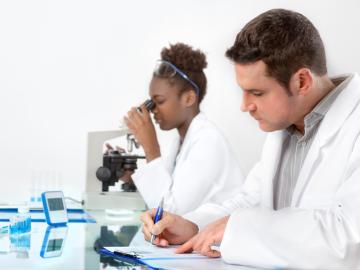
A recent report from the National Academies reinforces a point we’ve known all along: Postdoctoral positions at ORNL and other national laboratories are great opportunities for young researchers.
“The Postdoctoral Experience Revisited” is less enthusiastic about university postdocs, especially fo...

There’s a good reason research institutions keep pushing for faster supercomputers: They allow the researchers to develop more realistic simulations than slower machines. This is indispensable for scientists and engineers striving to understand the workings of the universe or to create powerful new ...
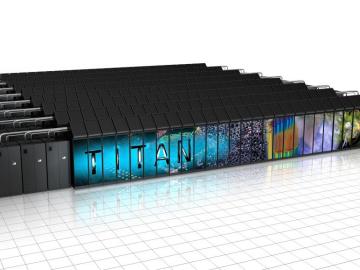
Summit won’t be open to users for another three years, but let’s not forget that ORNL already has the world’s second-fastest computer—the 27 petaflop Titan.
Titan has been ranked either first or second in the world since researchers began using it in 2012. In fact, Titan delivered more computing ...

To help researchers make the most of Summit from day one, the Center for Accelerated Application Readiness brings application developers together with experts from the Oak Ridge Leadership Computing Facility and hardware makers IBM and NVIDIA. Their work will identify the best development strategies...
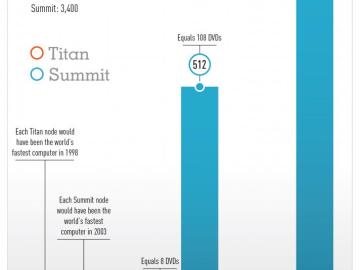
Related:
Summit will take computing to new heights
Titan has a very good year
Early Summit projects
...
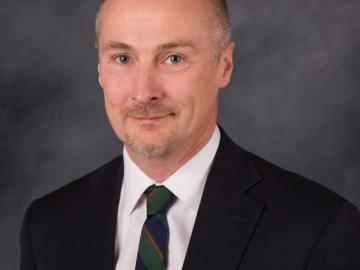
Paul Langan is the associate laboratory director for neutron sciences at Oak Ridge National Laboratory. He came to ORNL in April 2011 as a senior scientist and director of the Center for Structural Molecular Biology. In October of that year he became founding director of the Neutron Sciences Directo...
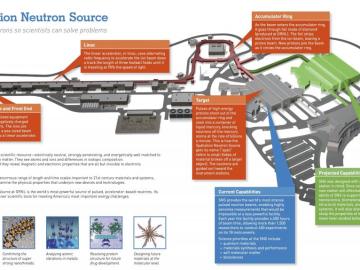
Neutrons are a precious scientific resource—electrically neutral, strongly penetrating, and energetically well matched to elementary excitations in matter. They see atoms and ions and differences in isotopic composition. They follow motions. And they reveal magnetic and electronic properties that ar...


